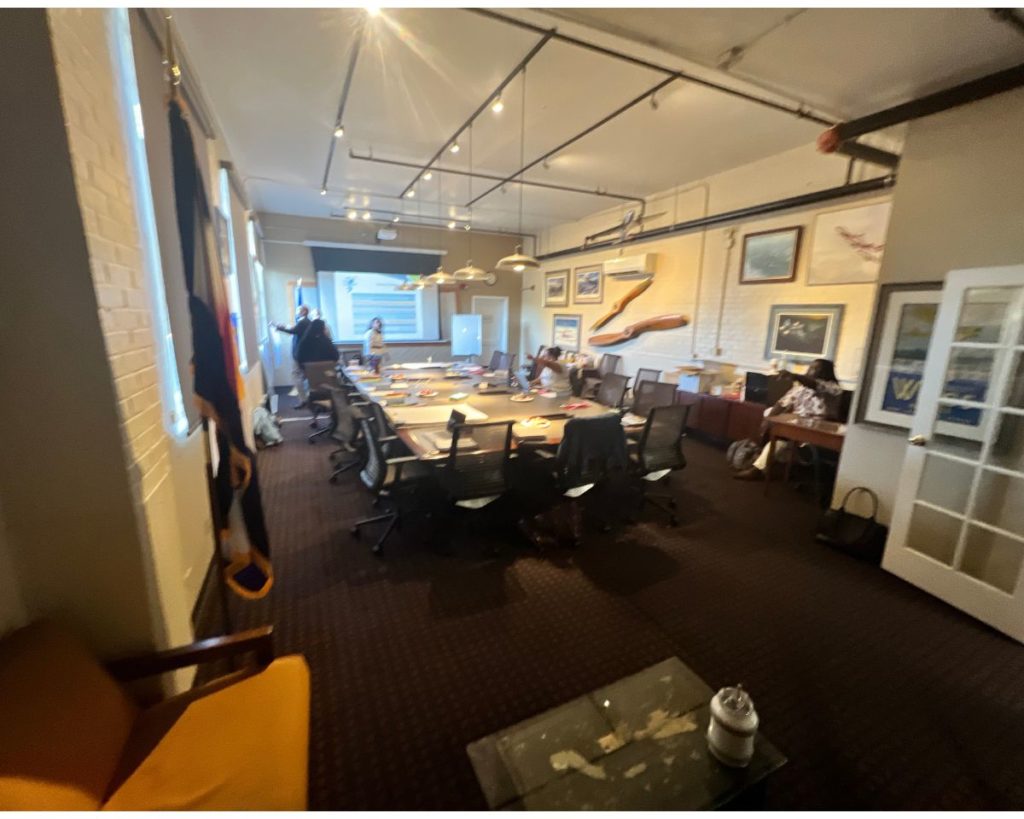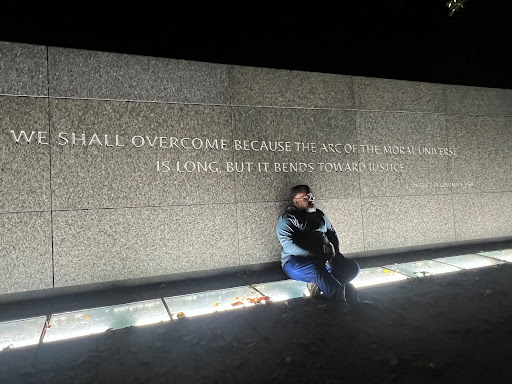It has been refreshing to have a short break from all things Denver Public Schools for the past few weeks.
Now we are on the cusp of a new school year. The DPS board got back to work with a retreat Monday, and quickly got up to its old, bad tricks as well, violating the spirit if not the letter of Colorado’s open meeting law.
The retreat, which was not live-streamed, was held far from DPS headquarters, in a conference room at Wings Over the Rockies, with just enough space for the board and staff and very few members of the public.
Denver Post reporter Jessica Seaman tweeted that the district declared the meeting “at capacity in the mid-afternoon with “about seven members of public (+ kids and press)” present.
Make no mistake: This is another thinly veiled attempt by the board’s leadership to shut the public out of what is very much the public’s business. Even if the board was going to spend the day exclusively on team-building, that is public business given how dysfunctional this board has been.
Remember that when we left off in June, the school board was in disarray, with relationships and tempers frayed. Superintendent Alex Marrero and his team were preparing a “strategic roadmap” to guide the district for the next several years. The district’s 52 innovation schools were reeling from a series of board votes that rescinded many of their freedoms and then restored some of them.
At times it felt as though, as one observer said, we were watching a bad reality TV show. That’s not a good look for an urban public school system. There is, to put it mildly, room for improvement.
Here are four indicators to track, along with a couple of external factors that could prove significant in the near future.
First is the functioning of the school board. Can the board’s seven members, including newly appointed member Charmaine Lindsay, restore some semblance of normalcy to their professional relationships and decision-making processes? The final few meetings of the board were an embarrassment and painful to watch, as personal attacks and deep resentments dominated the proceedings.
Here’s hoping that the summer break provided a cooling-off period and that board members can assume positive intentions and put past animosities behind them, in the interest of the district and its 90,000 students.
Unfortunately, according to Post reporter Seaman’s tweets, there were some rocky moments early in Monday’s retreat as board President Xóchitl “Sochi” Gaytán butted heads with Vice President Tay Anderson over Anderson’s refusal to put away his electronic devices during the session. Anderson said he could not afford to take the day off work and needed to be responsive on email.
The second thing to watch is Marrero’s leadership. Denver’s superintendent has held the job for just over a year. He spent the first part of his inaugural year on a protracted listening tour, then assembled various advisory teams to help him set a direction for the district. Using a model called policy governance, the school board set broad parameters by which to evaluate his performance, but none of those kicked in during 2021-22.
This year, without question, Marrero takes ownership of Colorado’s largest school district and its successes and shortcomings, especially in student learning.
If last year was dominated by school board drama, the coming several months should give us a clearer idea of how Marrero will lead the district. He has largely deferred to the board on controversial issues, but it would be a good step for him to be clear and public about his position on charter schools, innovation schools, etc.
Marrero’s strategic roadmap is nearing release. Early drafts, and a July Chalkbeat story, gave some preliminary idea of the plan’s shape. Watch Boardhawk in the coming weeks for analyses of the plan.
Marrero cut dozens of positions from the district’s bloated central office last spring, a long overdue move. There was also significant attrition among senior managers. Combined, this creates a talent drain that bears watching. How will promoted or newly hired players perform? How much will the district miss the institutional memory that departed in recent months?
Third is how the district handles innovation school renewals. Many of the schools must reapply for their innovation status, and the board must vote on renewals that would take effect in 2023-24.
Given that at least a couple of board members exhibiting overt hostility to any schools that aren’t 100 percent district run and managed by the district, how much pushback will there be against the renewals? And how will the weakened and watered-down autonomies affect innovation schools going forward?
Fourth is the results of state assessments, which should be released later this month. How does Covid-related learning loss show up in the results? Have achievement gaps between more affluent, mostly white students and lower-income students of color widened? If so, what actions will the district implement to help narrow those gaps?
A majority of the board is at best ambivalent and at worst hostile to standardized testing. Given the district’s over-emphasis on high-stakes testing over much of the past 15 years, that is to some degree understandable. But test results are useful and informative, and if the board decides to discount or disregard them, how does it propose to measure student progress?
Finally, a couple of external wild-cards. Due to the state’s population growth, the State Board of Education adds an eighth and ninth seat in November’s election, and two existing seats are up for grabs as well. Since the state board acts as a backstop to capricious local board denials of charter school applications or renewals, if the composition changes and becomes less charter-friendly, what does that portend for the charter sector?
And on a related note, the U.S. Supreme Court appears poised in an upcoming decision to allow religious charter schools to form. This poses a potential threat to the perception of all charters, especially if religious charters were to overtly or covertly discriminate by, say, refusing to hire LGBTQ gay teachers or athletic coaches.
It’s going to be yet another momentous year for local public education. Stay tuned.




